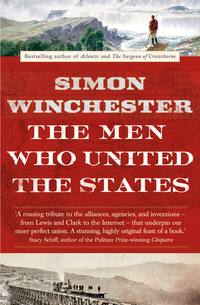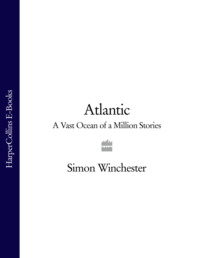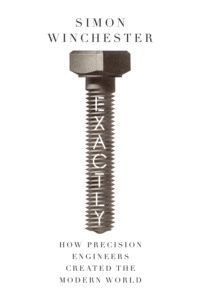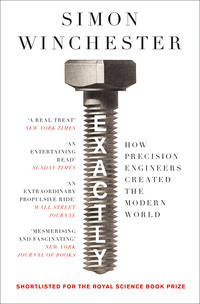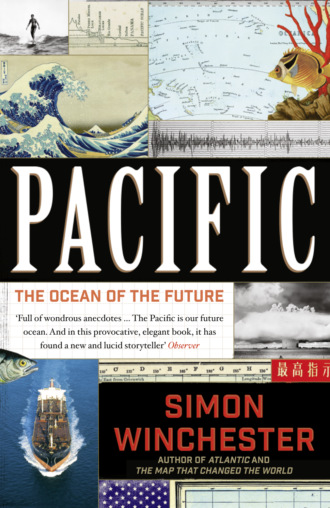
Полная версия
Pacific: The Ocean of the Future
To address this problem, a decision was reached that would unscramble matters. A date was chosen before which radiocarbon dating could be regarded as accurate, because the baseline was constant. Radiocarbon results that were achieved after that selected date would continue to be regarded with suspicion.
And the date selected—of what is now known as the start of the standard reference year, or the Index Year—was January 1, 1950. Before January 1950 the atmosphere was radiochemically pure. After January 1950 it was sullied, fouled by bomb-created isotopes. So this date, this otherwise unexceptional Sunday when Ho Chi Minh began his campaign in Vietnam, when the Japanese started recalculating how old they were, the day the music died in Grand Central Terminal, would become for scientists a new Year Zero.
The choice of the date was scientifically elegant, logical, and precise. And it would soon spread beyond the world of science alone. For it would have an impact on the entire question of what was meant by the use of the simple word ago.
Science had until this point never been involved in the creation of human calendars. The fact that these words are being written in the year 2015 has to do, not at all with science, but with the decidedly nonscientific and imprecise concepts of myth, faith, and belief. For, in refining the meaning of ago, most of the Western world would employ the initials BC and AD. It was said that something occurred a number of years “before Christ,” or in the Year of the Lord, “Anno Domini,” as in AD 2015.
But this was, of course, contentious to non-Westerners, to nonbelievers. It was a kind of notation that would fall foul of those for whom Jesus Christ meant little; and so in recent times other circumlocutions were offered to help soothe hurt feelings. There was BCE, most commonly, which referred to “before Christian Era” or, for the secular-minded, “before Common Era.”
Yet even this was still a fudge, still woefully imprecise, still essentially based on myth. And BCE did not appeal to scientists, especially once carbon dating and other, more precise atomic dating techniques had been discovered. So they eventually came up with the idea of using the initials BP, “before present.” The Wisconsin ice age, for instance, had its culmination fifty thousand years BP.
All that the acceptance of this new notation required was an agreement on just when was present? So, in the early 1960s, a pair of radiochemists came up with an answer. They suggested the use of the same standard reference year, the Year Zero moment of January 1, 1950.
Their suggestion seemed logical, neat, appropriate. Everyone, more or less, agreed. So that date is now accepted well-nigh universally among scientists for the ephemeral concept that is fleetingly known as the present. And the present begins at the start of January 1950.
And it seemed to me also the ideal date to use for beginning a description of the modern Pacific Ocean.
Other dates were briefly beguiling, to be sure. It could be argued that the new Pacific truly began its unfolding at the end of the Second World War—so I could have chosen the date of the Japanese surrender, September 2, 1945. Or else I could have selected Mao Zedong’s declaration of the founding of the People’s Republic of China, a momentous and solemn occasion that was staged on October 1, 1949, and that would eventually turn the Pacific into a cauldron of contention. I briefly also thought of using the date of the detonation of America’s most powerful hydrogen bomb, the so-called Castle Bravo test of March 1, 1954, a moment of some symbolism.
Yet I kept coming back to the idea of the “beginning of present,” which just seemed to have an elegant simplicity about it. The date has a strict scientific neutrality to it. It is an agnostic moment, agreed to and understood by all. And for this book, it turned out to have an added geographical bonus, a coincidence.
For nearly all the carbon-14 pollution that was sent up into the skies and that caused the scientific community to create the concept of “present” and “before present” in the first place came as the result of explosions that occurred in the Pacific. Bombs that went off in Bikini and Enewetak, Christmas Island and Woomera, Semipalatinsk and Lop Nor, Mururoa and Fangataufa, all in or around the ocean, were the prime pollutants, the original cause of the problem.
This made it all the more appropriate, it seemed to me, to choose that moment—the hinge, the dividing line, between purity and impurity—as the start line for this account. The story of the ocean of tomorrow, in other words, begins at the start of the present.
Конец ознакомительного фрагмента.
Текст предоставлен ООО «ЛитРес».
Прочитайте эту книгу целиком, купив полную легальную версию на ЛитРес.
Безопасно оплатить книгу можно банковской картой Visa, MasterCard, Maestro, со счета мобильного телефона, с платежного терминала, в салоне МТС или Связной, через PayPal, WebMoney, Яндекс.Деньги, QIWI Кошелек, бонусными картами или другим удобным Вам способом.




